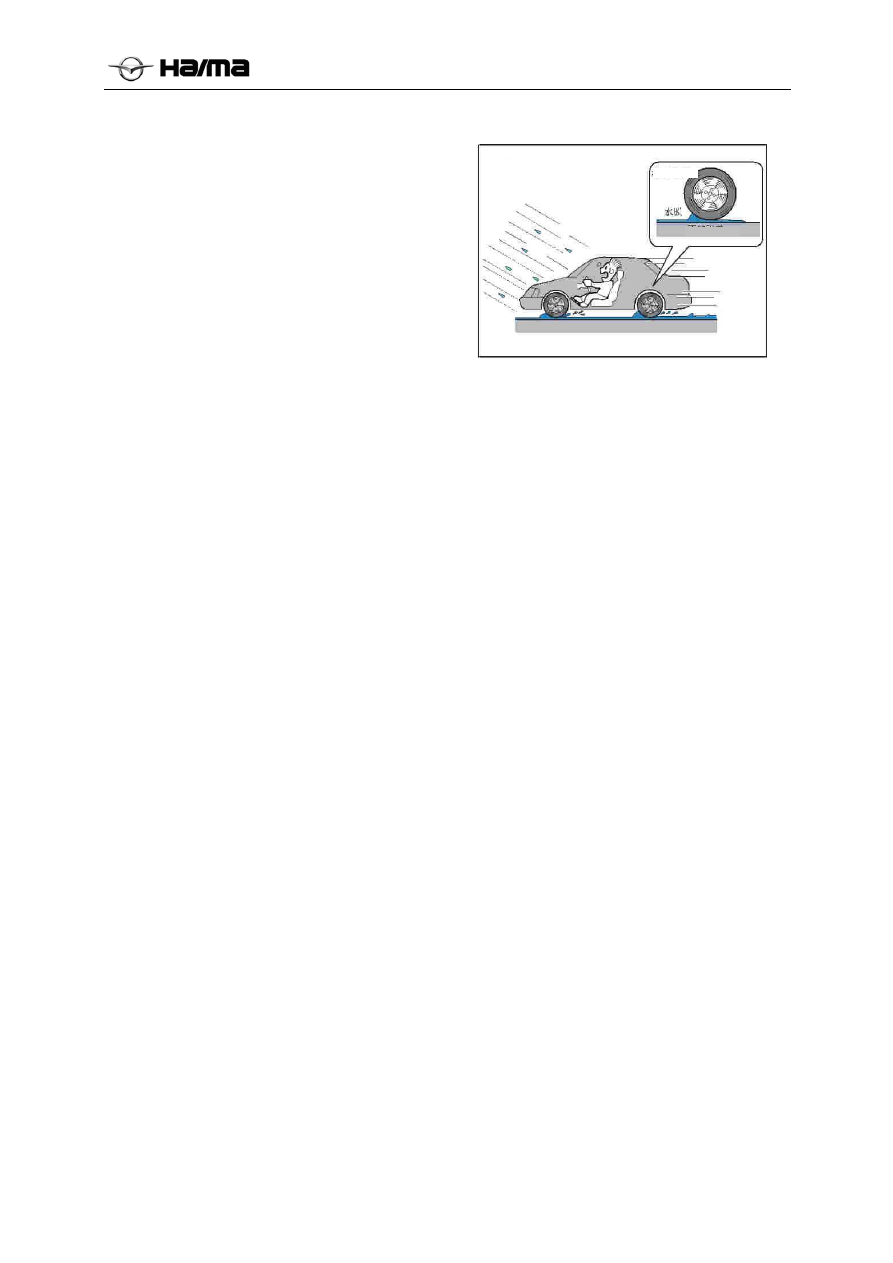Haima S5 1.5T. Chassis System. Service Manual - part 6

Brake system 2F-30
ABS system parts are correctly connected,
jammed or slashed.
The wires shall be arranged near to high-
voltage or high-current device, e.g.high-voltage
power or part, generator, motor, and
stereophonic amplifier attached after sale.
Note: the high-voltage or high-current device
may make the circuit noisy, thus it will disturb
the normal operation of circuit.
ABS parts are very sensitive for
electromagnetic interference(EMI). In case of
suspecting the intermittent faults, check
whether the thief-proof devices, lamps or
mobile telephones attached after sale are
correctly installed.
8. ABS is an active safety system. Its main
purpose is to adopt the maximum ground
adhering moment, and keep the steer ability of
vehicle and drive stability. However, in case of
exceeding its physical limit or driving on the
wet and slippery road at high speed, ABS can’t
prevent the vehicle from slipping fully, too.
9. In case of too much noise of ABS, it may be
caused by the following cases:
Loosened fixation of ABS assembly and
ABS support.
Loosened fixation of ABS support and
vehicle body.
Loss or damages of plastic washers on ABS
support.
.
Hydroplaning
Don’t cling
Hydroplanin